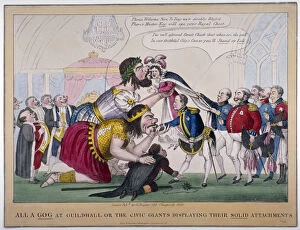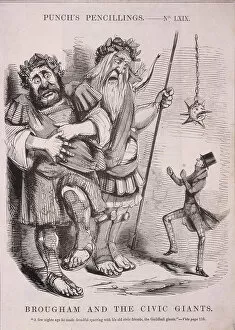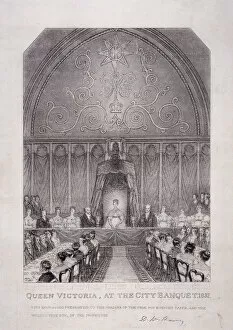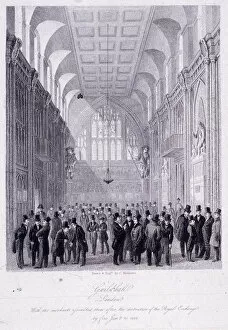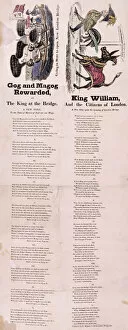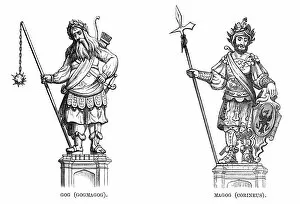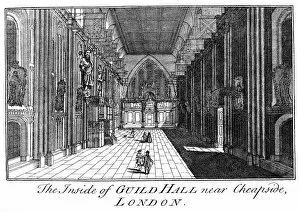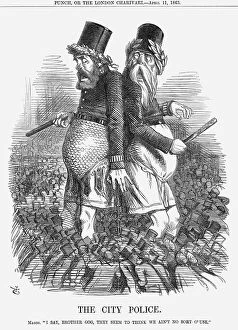Yajuj Collection
"Unveiling the Mysteries of Yajuj: A Journey through London's Guildhall" Step back in time to witness the enigmatic presence of Yajuj
All Professionally Made to Order for Quick Shipping
"Unveiling the Mysteries of Yajuj: A Journey through London's Guildhall" Step back in time to witness the enigmatic presence of Yajuj, a captivating figure shrouded in history and folklore. As we delve into the depths of St. Dunstans Clock, 1897, created by an unknown mastermind, we are transported to a realm where time seems to stand still. Intriguingly, it is within the walls of Guildhall that Yajuj truly comes alive. The civic giants proudly display their solid attachments in "All a-Gog at Guildhall, " 1830 - a sight that leaves onlookers awestruck. Ebenezer Landells' masterpiece "Gog and Magog with a barrel, " 1840, adds an element of mystery as these mythical beings guard their secrets. Venturing further into this historical treasure trove reveals the majestic interior of Guildhall itself. In C Matthews' depiction from 1838, one can almost hear echoes of past events reverberating through its halls. Gazing upon George Shepherd's artwork from 1809 transports us even deeper into this captivating narrative. The allure intensifies as we witness pivotal moments unfold before our eyes. From Queen Victoria's visit in 1837 captured by Nathaniel Whittock to Brougham and the Civic Giants' encounter in 1848 – each event adds another layer to Yajuj's mystique. Yet amidst grandeur lies humor; "Civic anointing - or - the catastrophe of Lord Mayors Day, "1827 provides comic relief amid solemnity as mishaps befall those partaking in ancient traditions. As if stepping onto a stage set for an epic tale, London's Guildhall becomes our backdrop for exploration. Its rich tapestry intertwines artistry with history while offering glimpses into songsheets and illustrations from times gone by – a testament to Yajuj's enduring presence.


